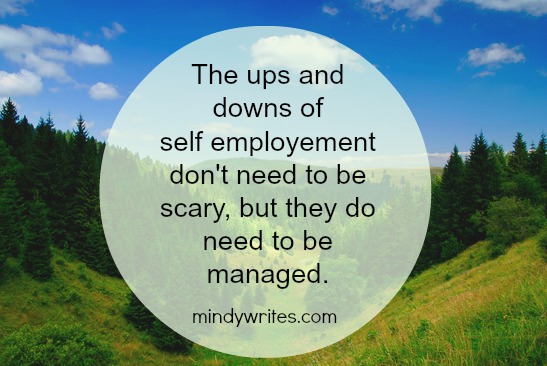 Growing up, my family operated a cattle ranch, which is one of the best places to learn life lessons no matter what career path you chose. While I have no desire to raise cattle (although I do still love that lifestyle!), I think that background has helped make my freelance a career success.
Growing up, my family operated a cattle ranch, which is one of the best places to learn life lessons no matter what career path you chose. While I have no desire to raise cattle (although I do still love that lifestyle!), I think that background has helped make my freelance a career success.
Here are the top four entrepreneurial lessons I learned from my family’s ranch:
When you take something to market, it is a product. Whether it is a cow or a feature article, when you’re ready to sell what you’ve produced, it is quite simply a product. There is no reason to get attached to it if you want to make a profit. Instead, focus on creating the best product you can. Invest your time in it and tend to it every step of the way. But always remember that, ultimately, you’re creating a product that has to meet the needs of your buyers (i.e. clients). You’ll save yourself a lot of heartache.
Business ebbs and flows. “Feast or famine” was a common term in my house as I was growing up. Some years were better than others, and I learned an important lesson: The ups and downs of self employment don’t need to be scary, but they do need to be managed. Be prepared. Save for a rainy day. Live on a budget. Most importantly, capitalize on the good times. Work hard and put in extra hours when necessary. But don’t forget that the slow times can be valuable, too. Use any lulls you encounter to recharge your batteries, streamline your operations and seek out new opportunities.
Change isn’t just good. It is necessary. If you plant the same crop of alfalfa (which is cut and baled into hay) year after year, you eventually deplete the soil and get less productive crops. But if you rotate the crop every few years and plant corn (which is also fed to cattle), the corn adds nitrogen back into the soil, making future alfalfa crops stronger. As entrepreneurs, sometimes we need something that adds vitality to our lives. For me, it is a creative writing class or workshop. Even though I mainly write non-fiction news articles, I’ve found that tapping into the creative process fiction writers use gets my creative juices flowing and improves my writing. It also inspires business ideas and gets me planning for future projects.
Some things are out of your control. For ranchers, droughts are scary. They prevent you from growing crops for winter feed and they suck the life out of the grass the cattle grazes on in the summer. Even worse, you can’t do anything about it. Sometimes you find yourself running on faith. You do what you can with what you have and hope for the best. Whether you’re a rancher or a writer, that’s a life lesson you can apply to any situation beyond your control.







